This marks the fourth year that my partner Suhee Kang and I have been studying, working with, living with, and learning from individuals in East Asia and the U.S. who are at the forefront of the sustainable (agri)culture movement.
During this time, our primary goal has been the making of a documentary film, “Final Straw: Food, Earth, Happiness”. The film is an international exploration of the ecological mindset and lifestyle of “natural farmers,” most of whom are urban transplants, and some of whom still live or work in an urban context.
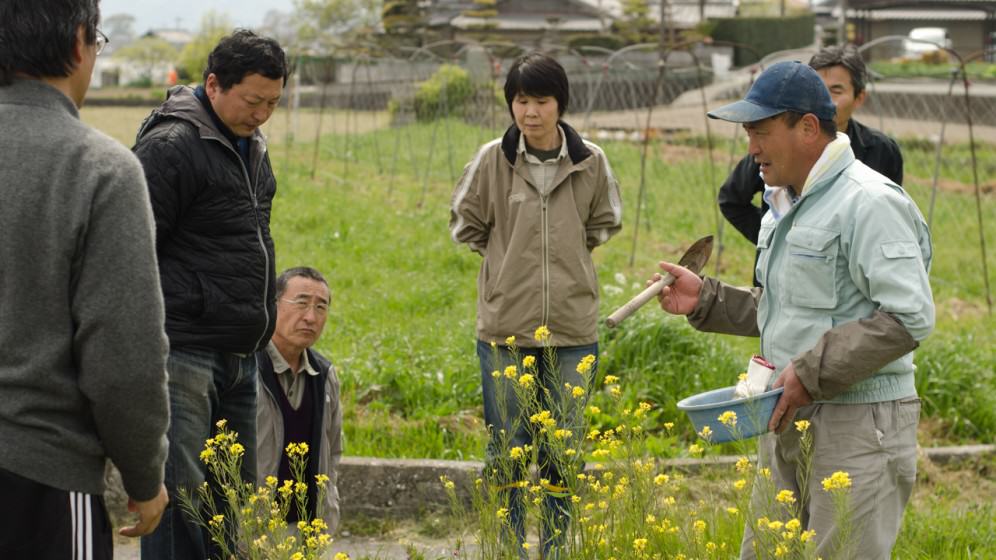
Much can be learned from these natural farmers. Their mindset and actions agree with our most fundamental ideas of what true sustainability should be, placing human beings within nature, working together with nature as integrated parts in an arrangement where both the land and humans benefit.
Yet this mindset also comes across as idealistic, remote, and, quite frankly, very far away from the reality of our mainstream consciousness.
As we came close to finishing the film, we were understandably concerned that urban audiences wouldn’t be able to connect with such an idea in the space of a 74-minute documentary. So we ran a series of test screenings for urbanites before finishing the film to see where our audience was.
To our delight, urban audiences responded with tremendous enthusiasm and recognition; an overwhelming majority of the test audiences at our rough cut screenings were not only vocal in saying that we should “live in a more connected way with nature and the earth,” but were also largely animated to find out how they could take actions in their own lives.
We are waiting to grow roots
It is a great indication for the urban nature movement that the awareness of our need to connect in some meaningful way with our environment is there within people. Yet it is raw; by all means this impulse requires some delicate and constant cultivation in order to grow into a robust culture of individuals who value nature inherently.
Curiously, these individuals—especially 20- and 30-somethings who are second-generation city dwellers—did not express great concern with justifying the importance of the environment, or with reducing CO2 levels, or with calculating their daily impact on their ecological surroundings.
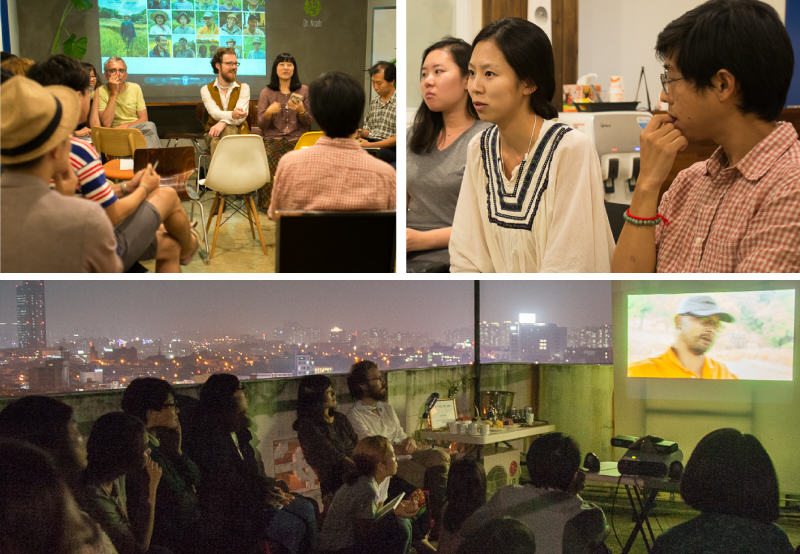
But what these groups lack in concern for environmental quantification or philosophy, they make up for with ample desire to learn how to connect—that is, they desire to understand their relationship to nature and the earth in some meaningful way which transcends the science, numbers, and traditional philosophical rationale.
In our view, then, the more ways we can give these audiences to ‘experience’ nature in a productive, meaningful, personal way, the more successful our efforts at building socially and ecologically equitable cities will be.
The good news here is twofold. First, there are many ways already being developed to enact a more meaningful, productive connection with nature; second, there is good reason to believe that the small groups of individuals we encountered so far—around 200 people over the course of several such screenings—are reflective of a substantial and growing group of people spread throughout urban cores and suburban tracts around the world. All of these individuals know that there needs to be a tremendous change in the way we live our lives: in our consumption, in the way we produce food and goods, and in the way we treat each other and our planet.
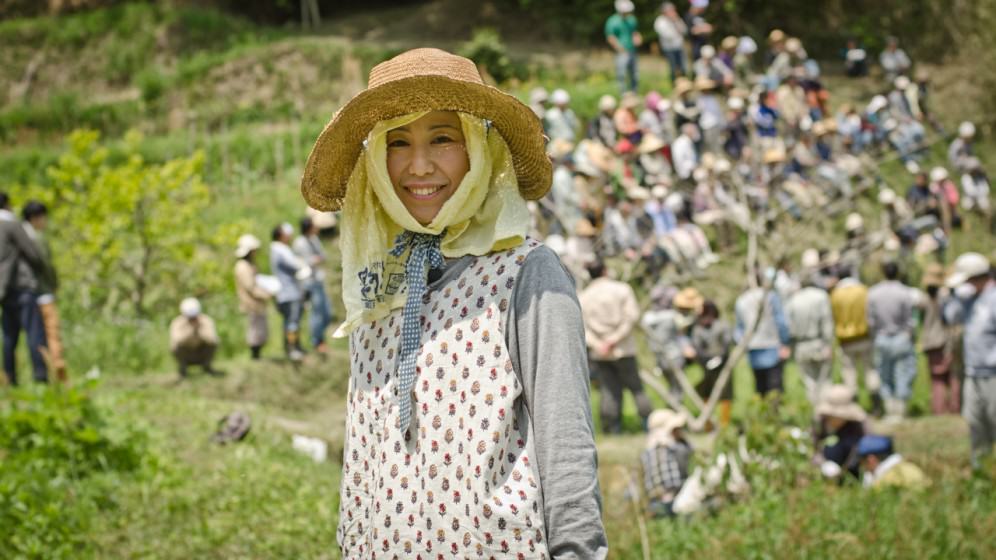
From our conversations with these individuals, it is nearly unanimous for those who have the desire to act but are not acting, that they simply have no idea where to start.
One of our suggestions for them—and for people, cities, and organizations in general—is to start with the garden city. That is, not necessarily a garden city as a structure, but rather a garden city as a cultural mindset.
What do I mean by a garden city cultural mindset? For that, I invite you to follow me on a short personal journey…
Discovering a modern garden city
Growing up in the suburb-laden city of San Jose, California, I remember having an obsession with maps and cities. This obsession drew me one day to a book containing works by Ebenezer Howard and the Garden City concepts that he had so beautifully planned. “They seem so cool!” I thought as a young teenager. “But where are these garden cities and why haven’t I ever seen one?”
It wasn’t until a decade later that I realized the sprawling suburbia I grew up in was more or less the result—or perversion—of the Garden City design ideal: a manifestation of garden cities as the prevailing ‘practical’ culture saw it. This realization was disappointing to say the least.
Again, a bit later on in life, my practice became more focused on the interactions of people and places.
During a year spent living thriftily (often on couches) in European and Asian cities of differing shapes and sizes, I witnessed with impressive clarity how the culture of a people who inhabit a place seemed to impress far more of an effect on the outcomes and uses of that place, than the place’s physical design. In both formal and informal urban design, this is an often seen—and not often enough talked about—misalignment between design and culture.
If our urban sustainability issues are indeed so deeply entrenched in culture, it follows that successful urban nature design—indeed, successful sustainable cities in general—can only be achieved in concert with a deep and sustained cultural awareness of the importance of nature. To do otherwise would be like giving a choir a beautifully orchestrated musical score, and not teaching them how to sing. To be sure, this is how many otherwise brilliant ecologically-minded projects turn out.
The mechanisms to build this awareness, to teach our choir of citizens to sing in harmony, are also something which, with the exception of small pockets of influence (in terms of food, I can think immediately of Alice Water’s Edible Schoolyard project, and Food Corps, as good examples) are mostly absent from our cities.
Getting to the root of the issue, I’d like to take a look at the idea of garden city culture with an appropriate example.
The unlikely garden city
This is ‘Dae-dong’, an old, tightly-packed, lower-income neighborhood in the South Korean city of Daejeon.
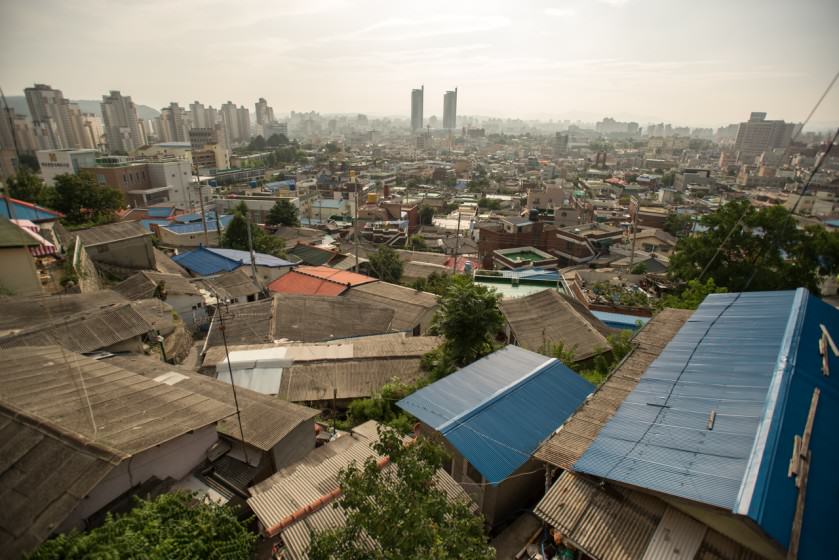
Okay. Admittedly, it doesn’t look like an urban gardener’s heaven. But in this neighborhood, almost no plot of soil—and in many cases no slab of idle asphalt, no matter how tiny—is left without tended plants, whether it be flowers or a few corn stalks.
The neighborhood’s design certainly doesn’t have much love for urban gardens, but the residents overwhelmingly do. As my partner Suhee and I found out during a three-month stay as artists in residence here, love for nature is the deciding factor in Dae-dong.
The scale and seemingly hectic layout of the neighborhood is by no means a help to the would-be gardener, and it is quite the opposite of what most American cities aim for. Dae-dong is built to a supremely human-scale, so much so that even the smallest of Korean cars feels awkward to navigate its widest streets. In fact, most of its streets are pathways, barely wide enough for two persons to pass comfortably.
The layout of the neighborhood forces utility of space.
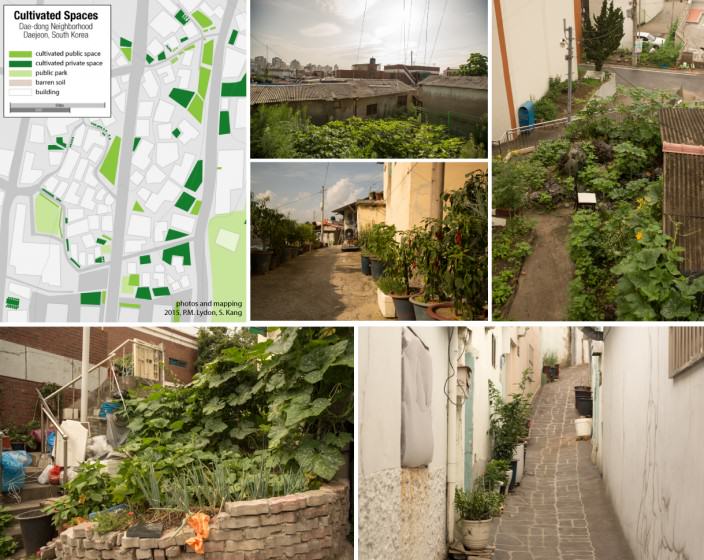
Yet as Suhee and I strolled through the rolling, twisting maze of alleys to meet and talk with locals during our stay, we noticed that gardens are everywhere here. It’s not just a garden in someone’s pint-sized backyard, it’s a proliferation of earth cultivation everywhere in the neighborhood, even in the smallest piece of soil, or in an old bathtub on top of the concrete of the aforementioned narrow walkways.
I realized that what I had found in Dae-dong was a ‘real’ garden city. That is to say, a thriving garden city culture without a garden city plan; a neighborhood with nearly zero planned space for gardens, yet with hundreds of gardens.
How did it happen?
To be clear about the circumstances, the people who partake in this activity in this neighborhood—I fondly refer to them as garden ‘hacking’ grandmothers—are generally from a generation who can still remember the times when they were starving, when Korea had little political organization, much strife through a forced occupation, war, and generally very rough times. The neighborhood was also a home for refugees during the war, some of whom live here still today.
Dae-dong is a success story, at least to show what possibilities exist in small spaces, to show the resiliency and transformation possible when a certain kind of culture pervades, and to reinforce the idea that greening our neighborhoods need not always require large and expensive physical restructuring of those neighborhoods.
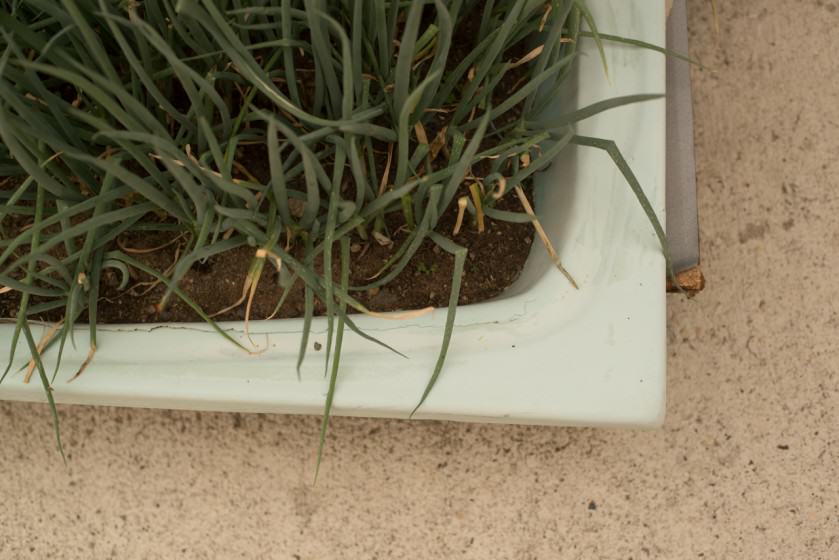
However, in the years since this older generation of urban farmers began their work in Dae-dong, South Korea has quickly become a technological and industrial mega-power. The development within the country is almost unprecedented, change occurs at quick pace, and most South Koreans under the age of 40 are more concerned with work, study, or vying for a desk at Hyundai or Samsung than they are about a garden.
The cultural connection to and relevance of the natural environment dissolved in South Korea in the space of a single generation, and when the old residents of Dae-dong are gone, the gardens will likely be gone along with them.
That sounds like a dismal point. You may be left mulling over examples of this in your own community; this is inevitable because it feels as though the same story is repeating itself around the industrialized and industrializing world.
We can easily point to laws, regulations, politics, economics, work habits, and other barriers, yet all of these barriers are created, at their root, by the cultural mindset of a place.
Of course, culture, history, and motivation are quite different between places like Dae-Dong and, for example, the garden-suburb-without-many-gardens where I grew up in the United States. Yet in pointing to culture, we also must admit to ourselves that given its very nature, culture is something that is itself cultivated, always growing, always changing.
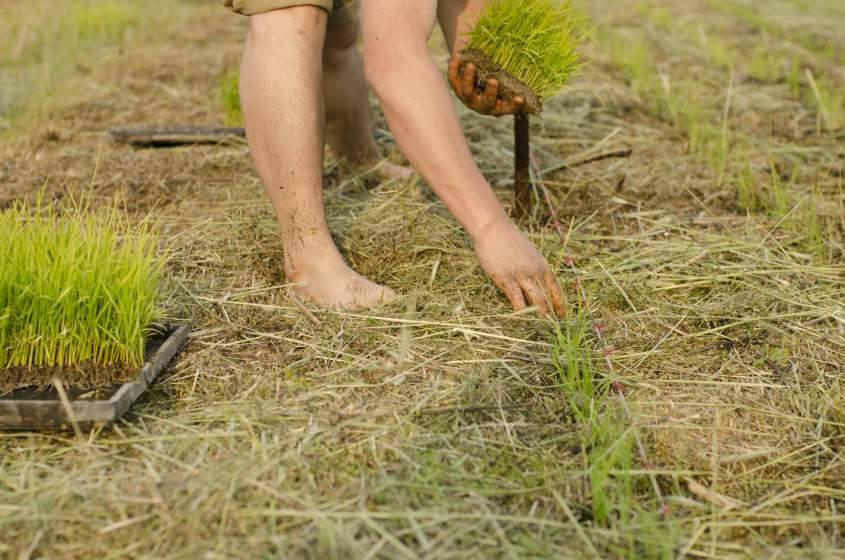
If a culture of nature-connectedness could be removed from South Korea in a generation, so it could be built again in another.
We must know it in ourselves then, despite the view we have from the culture that we live within here and now—wherever here and now is for us—that the creation of a culture which lives in relative harmony with the natural environment is something which can be cultivated within humanity, first on a local scale, as some are currently experiencing, and, in time, on a global scale, as well.
Kazuaki Okitsu, one of the farmers we spent a good deal of time with during our documentary filming, explained this concept very eloquently:
“Every time we stand in nature
with the plants, the animals, and the vast sky above
we can feel joy in that simple moment
smile if only because we are a part of life on earth
Everyone has these small moments
Everyone gets it, even if we don’t realize it
We understand nature inside ourselves
We just need to cultivate this understanding”
By any measure, or perhaps through lack of the measurable, true sustainable action has much to do with our human capacity to feel, to have compassion, and to experience empathy.
For Suhee and myself, our current tools for approaching this sentiment happen to be in the realm of film and trans-disciplinary community-connected arts projects, but there are endless ways to catalyze beyond this.
The important bit seems to be in facilitating ways to listen to nature, to disconnect from the things which cause destruction of social and ecological life, and to re-connect with our basic human capacity for empathy with the vast, often hidden, living world around us. In his book “The Lost Language of Plants,” author Stephen Buhner writes to this point: “We are by species history and genetic tendency, encoded for the recognition of the aliveness of the world and an emotional bonding with it.” In this statement, Buhner is condensing the concept of “biophilia” as gleaned from biologist E. O. Wilson: a fondness for other life forms.
This is what the natural farmers we worked with have cultivated.
This is what the old grandmothers in Dae-Dong’s unlikely garden plots have cultivated.
And for our part, this is what we must also begin to cultivate in ourselves by reaching for a ‘depth’ of awareness, rethinking our relationship not only ‘to’ but ‘with’ what is around us.
There has been a great receptiveness to such notions so far, one of many signs that a great shift in mentality—and a great shift in culture—is working its way into society.
The ecologically successful culture
In the Final Straw film, we point quite specifically to natural farmers as being examples of ecologically successful microcultures operating within the modern economic landscape, and if we look at the roots of their culture, we see that it is based on all of nature having some kind of sacred or intrinsic value. A recent TNOC roundtable on the sacredness of nature tackles this topic well.
Yet we tend to shy away from concepts such as sacredness and empathy at all costs when we approach the subject in public, and as a result, our language for the importance of nature has become anemic, stunted, and ineffective—an issue in and of itself, of which nature writer Robert MacFarlane recently gave a grand account.
Instead of fostering connection, we insert rationalities, numbers, and balance sheets in between ourselves and the environment, all of which are related to each other, and none of which are so much related to nature in any real way.
These are tools which can certainly be used to facilitate useful conversations, yet reliance on them as the fundamental basis for what we do is perhaps the single greatest inhibition to the growth and sustained influence of ecological thinking and action.
The walls we are used to working with (numbers, balance sheets, etc…) don’t have to disappear, but they must acquire some porousness to them, some breathing holes. With this breathing room, urban nature gains a deeper aspect, economic reasons for destroying natural habitat become unjustifiable, and garden cities have the potential to blossom in any city regardless of its design.
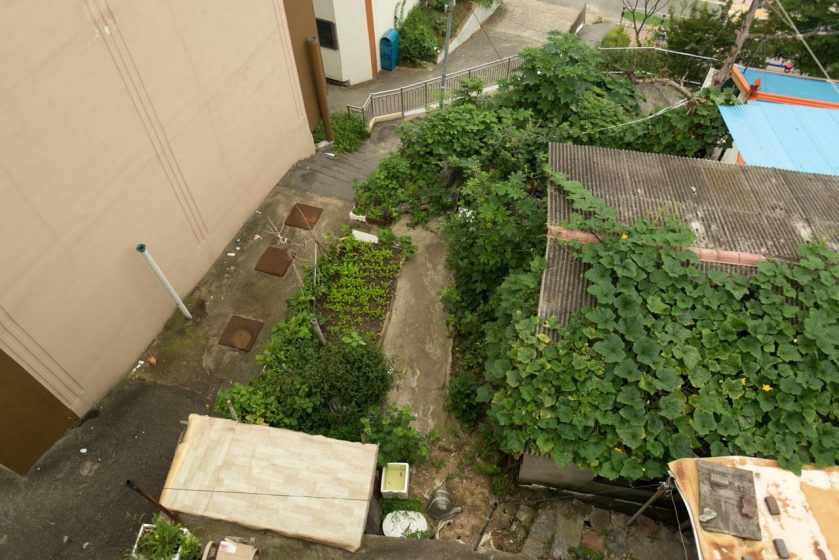
In our experience working with natural farmers and young and eager urban dwellers, as soon as you begin to prick holes and open doors in the walls created by our typical logic-oriented language, a natural appreciation of nature comes quite easily to most human beings. All it takes is an exercise in opening our minds a bit to feel why nature is important for each of us as individuals,
This cultivation can come in many forms and growing food is certainly only one way to carry out such intense and delicate cultivation of individuals, but it’s not the only way, nor is it the only output of value that can be had from a cultural bonding with nature.
A recent TNOC writing by Lindsay Campbell gave a beautiful personal account of “Encountering the Urban Forest,” calling for us to share stories of our personal interactions with trees in order to understand more fully “why we create and maintain urban forests.”
Whether it’s tree planting, urban gardening, artist-led workshops on connecting to nature, talking with Korean grandmother urban garden hackers, or, heck, even talking with trees, we’ve all likely experienced such moments of transformation.
At this point, I would like to pose these open questions to readers:
What actions have you taken where changes occur in how you view your relationship with the environment? How have mindsets changed in these instances? How were these mindsets cultivated and how might they be transferred to other situations?
As I have iterated in the past, the more examples the world has of ways to cultivate sensitivity and connection to nature, the better position we will be in as we continue to understand more deeply what it means to build a sustainable future.
Regardless of how we achieve it, we know that the need and willingness are there within people, and we should believe that a great future is ahead of us, one where sustainable design, planning, nature, and culture coalesce through a re-connecting of people with a deep-rooted awareness of and connection to the earth with which they live.
Patrick M. Lydon
San Jose & Seoul
Useful Links
Final Straw: Food, Earth, Happiness — http://www.finalstraw.org/
Edible Education 101 — http://food.berkeley.edu/edible-education-101/
Edible Schoolyard — http://edibleschoolyard.org/
Food Corps — https://foodcorps.org/


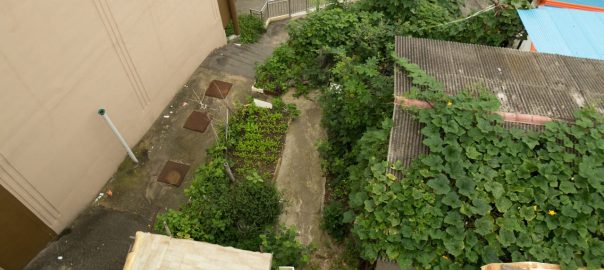
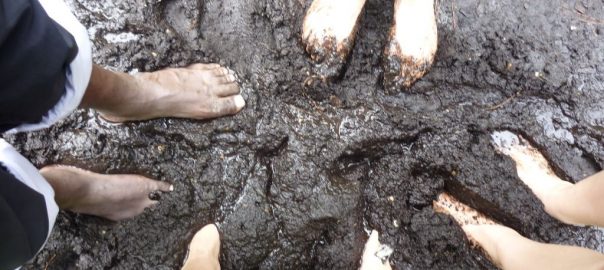
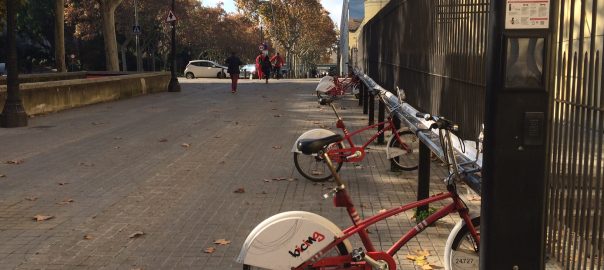

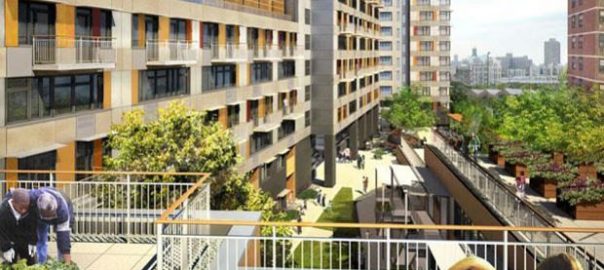
Leave a Reply